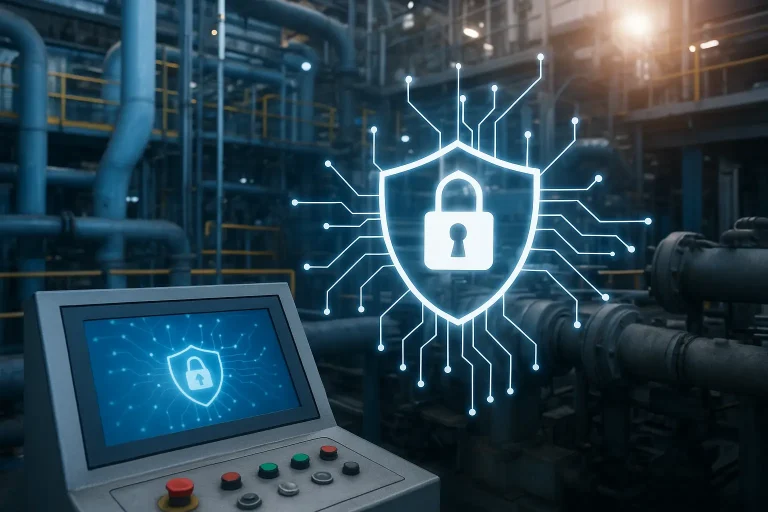Understanding the New Regulations for Industrial Cybersecurity
Industrial cybersecurity has become a critical concern as the digital transformation of industrial sectors accelerates. With factories, power plants, and manufacturing facilities increasingly relying on interconnected systems, the risk of cyber threats targeting operational technology (OT) rises dramatically. In response, governments and regulatory bodies worldwide are implementing new regulations for industrial cybersecurity, aiming to protect vital infrastructure, ensure safety, and promote resilience.
Why New Regulations for Industrial Cybersecurity Are Necessary
Industrial environments have traditionally focused on physical safety and reliability, often overlooking the cyber dimension. Unlike IT systems that prioritize data confidentiality and integrity, industrial systems emphasize availability and safe operation. However, as these systems become connected to corporate networks and even the internet, vulnerabilities multiply. Cyberattacks can lead to operational disruptions, data breaches, or even physical damage with severe consequences for public safety and economic stability.
The growing incidence of ransomware attacks, supply chain compromises, and state-sponsored cyber intrusions in critical infrastructure has highlighted the imperative for stricter controls. The new industrial cybersecurity regulations acknowledge both the unique nature of industrial control systems (ICS) and the evolving threat landscape.
Key Features of New Industrial Cybersecurity Regulations
The updated regulations focus on several core areas to enhance cybersecurity postures across sectors such as energy, manufacturing, transportation, and water treatment:
1. Risk Assessment and Management
Organizations must conduct comprehensive risk assessments tailored to industrial environments. These assessments identify system vulnerabilities, potential threats, and the impact of cyber incidents on operational safety. The regulations require continuous monitoring and updating of risk management frameworks as new threats emerge.
2. Network Segmentation and Access Controls
To reduce attack surfaces, new guidelines emphasize strict network segmentation between IT and OT networks. Access controls are tightened through the use of multi-factor authentication, role-based permissions, and zero-trust models, ensuring that only authorized personnel can reach sensitive industrial systems.
3. Incident Response and Reporting
Timely detection and response to cybersecurity incidents are mandated, with clear protocols for reporting breaches to relevant authorities. Prompt incident reporting helps in coordinating responses, minimizing damage, and sharing threat intelligence across sectors.
4. Security Training and Awareness
Recognizing human error as a significant factor in cyber incidents, the regulations require regular cybersecurity training for staff involved in industrial operations. Employees learn to recognize phishing attempts, adhere to security protocols, and respond effectively during incidents.
5. Supply Chain Security
Industrial environments depend on various third-party vendors for hardware, software, and services. The regulations call for thorough vetting and continuous monitoring of suppliers to mitigate risks from compromised components or malicious insiders.
How Industries Are Preparing for Compliance
Many organizations are actively adapting to meet the new industrial cybersecurity requirements. This involves both technological upgrades and organizational changes:
- Implementing Advanced Monitoring Tools: Real-time monitoring platforms using artificial intelligence and machine learning help detect anomalies earlier.
- Upgrading Legacy Systems: Older control systems, often lacking modern security features, are being upgraded or isolated to reduce vulnerabilities.
- Developing Cybersecurity Teams: Specialized teams combining expertise in IT, OT, and security oversee compliance efforts.
- Collaborating with Governments and Industry Groups: Sharing best practices and threat intelligence aids in collective defense and harmonizing standards.
Challenges and Opportunities Ahead
While the new regulations raise the security baseline, implementation is not without challenges. Many industrial operators face budget constraints, a shortage of skilled cybersecurity professionals, and complexity in integrating security without disrupting critical processes. However, these regulations also present opportunities to modernize infrastructure, reduce downtime caused by cyber incidents, and build trust with customers and regulators.
Conclusion
As industries become more digitized, the importance of robust industrial cybersecurity cannot be overstated. The new regulations for industrial cybersecurity provide a framework to safeguard essential services, improve operational resilience, and mitigate cyber risks tailored to the unique nature of industrial systems. By understanding and complying with these evolving standards, organizations not only protect themselves but also contribute to the broader goal of national security and public safety in an increasingly interconnected world.




